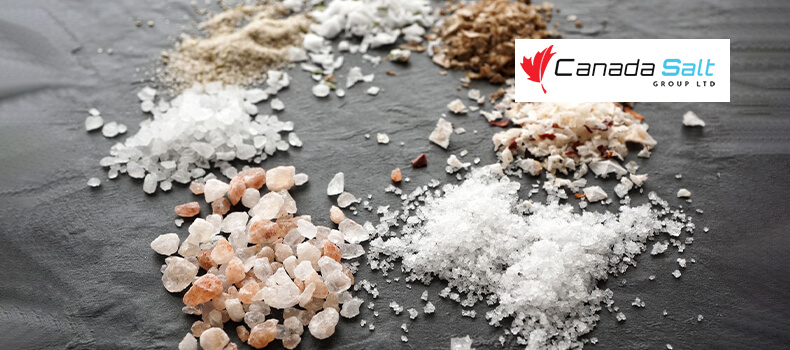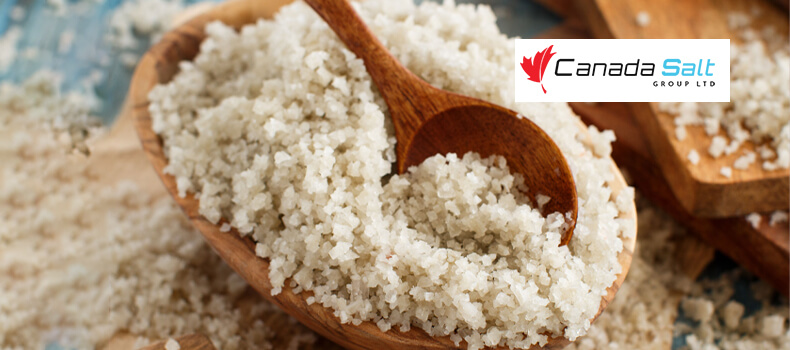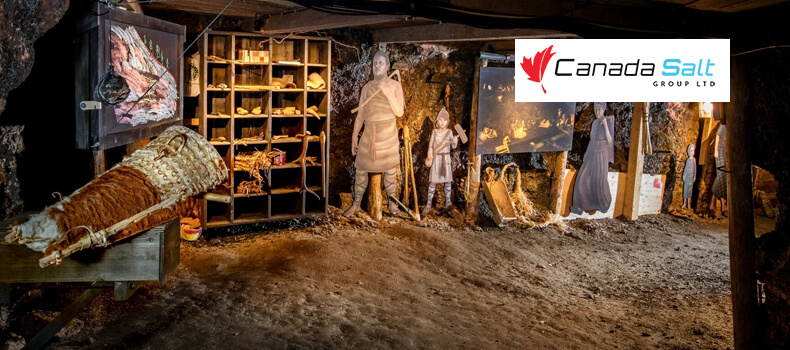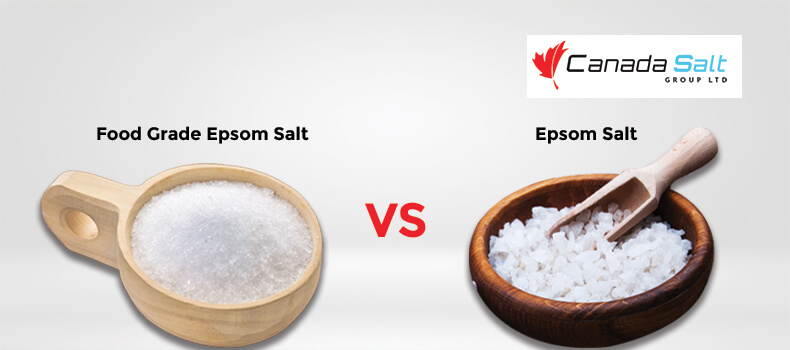Is Salt a Pure Substance?
We come across various substances with unique properties and uses in our everyday lives. Salt is one such ubiquitous element found in almost every kitchen. But is salt a pure substance? Let’s explore the world of chemistry and culinary arts to uncover the truth behind this common seasoning.
Understanding Salt
Chemical Composition
Before knowing about the purity of salt, it is important to understand its chemical composition. Salt is chemically known as sodium chloride (NaCl). It is a crystalline compound that contains sodium and chloride ions.
Common Types of Salt
Apart from table salt, various types of salts are avaliable in the market. Each has unique features, flavours and textures, from sea salt to kosher salt. Knowing about the varieties adds depth to understanding this kitchen essential.
Salt As a Pure Compound
Defining Pure Substances
To know whether salt comes into the category of pure substances or not, we need to understand the meaning of the word “pure.” In chemistry, a pure substance consists of only one type of element or compound with a limited composition.
Analyzing The Composition of Salt
While salt may seem a simple element, it has a composition that perfectly balances sodium and chloride ions. This equal distribution contributes to salt’s stability, making it a unique but simple chemical entity.
The Properties of Salt
Chemical Properties
Coming into the chemical composition, salt is involved in various reactions, showcasing its versatility beyond the kitchen. Understanding these properties provides insights into their broader significance.
Physical Properties
Salt has distinctive physical properties, such as crystal structure, melting point and solubility. These attributes play an important role in industrial and culinary applications.
Sources of Salt
Natural Sources
Salt can be obtained in large amounts through natural sources. Sources like oceans, salt flats and underground deposits offer us huge amounts of salt. Exploring these resources can reflect the old-age connection between humans and salt.
Industrial Production
Beyond natural sources, industrial methods significantly contribute to the salt supply. There are several technological advancements through which we can access this essential mineral.
Common Uses of Salt
Culinary Applications
Salt plays a major role in the culinary world, from seasoning dishes to preserving food. Examining its diverse applications enhances our appreciation for its culinary magic.
Industrial Uses
Beyond the kitchen, salt is widely used in various industries, including manufacturing, textile production, and deicing. The versatility of this seemingly simple chemical is made clear when these industrial uses are explored.
Health Implications
Health Risks Associated With Excessive Salt Consumption
Excessive salt intake has been related to various health issues. Exploring these risks encourages mindful consumption and promotes a healthier lifestyle.
Recommended Salt Intake
While salt is a culinary delight, moderation is key. Understanding the recommended daily intake helps us balance health and flavour.
Salt And The Environment
Impact Of Salt On Ecosystems
Salt affects the environment beyond our kitchens. Understanding how it affects ecosystems increases the public’s awareness of appropriate use and disposal.
Sustainable Salt Practices
In a world embracing sustainability, the salt industry is also evolving. Discovering sustainable practices ensures we enjoy the benefits of salt without harming our environment.
Conclusion
In conclusion, salt stands as a fascinating compound with a rich history and diverse applications. From its role in the kitchen to its impact on health and the environment, salt plays a major role. If you are a business or an individual looking for high-quality salt, Contact Canada Salt Group Ltd. Here, we deal with salt and salt products across North America. Call us for a free quote.





